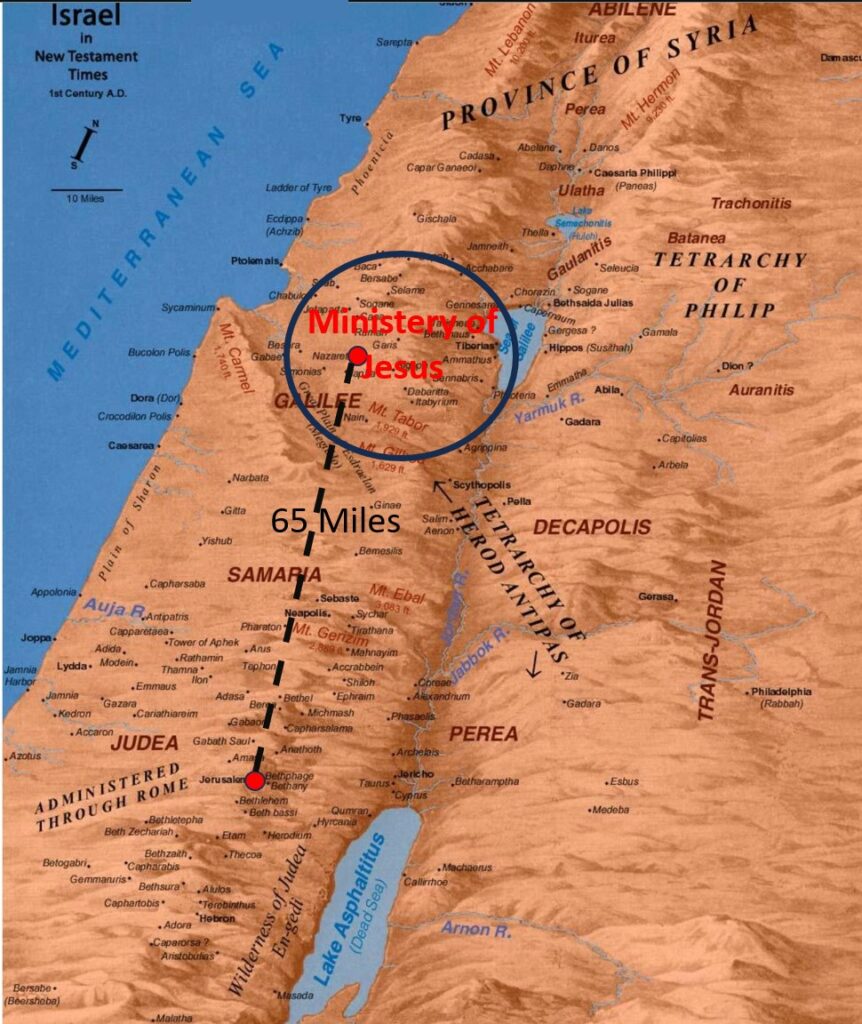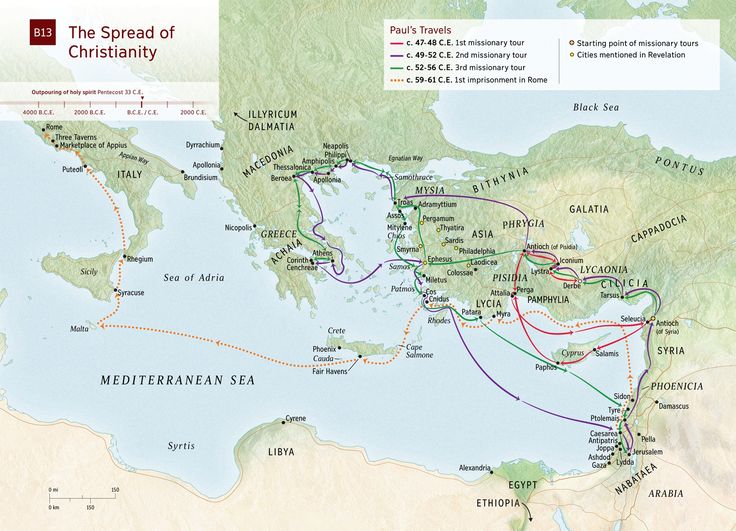Summary of Lesson One: "Against All Odds"

Judaism holds a pivotal role in the foundation and development of Christianity, with profound impacts that stretch across theological beliefs, religious practices, and cultural traditions. Christianity emerged in the first century CE, rooted in Jewish religious texts, customs, and beliefs. The Old Testament, known in Judaism as the Tanakh, forms the first major part of the Christian Bible, underscoring the deep scriptural connections between the two faiths.
Jesus of Nazareth was a Jew living in Israel and practicing Jewish customs. The teachings and parables of Jesus are steeped in Jewish ethical and moral teachings. Early Christian rituals and governance were heavily influenced by Judaic practices. The structure of Christian worship, including the reading of scriptures, prayer, and communal meals, can trace its roots back to Jewish synagogue services and the Passover Seder.
The foundational Jewish influence on Christianity is undeniable. This historical and spiritual connection underscores a shared heritage that continues to influence Christian theology, liturgy, and ethics. The acknowledgment of this Jewish heritage is crucial for understanding the origins and development of Christian thought and practice.
A Video Summary of Early Christianity Lesson One: Against All Odds
Israel in 1 CE was a land of too many “toos,” too strategic to its neighbors, too small for its pride, and too vulnerable to its invaders. It was a land at the crossroads of empires, trade routes, and religions, was a complex and dynamic region. While its population numbered perhaps close to a million, it boasted a remarkable diversity. This diversity reflected a turbulent history punctuated by intermittent centuries of foreign rule. At the time of Christ, the Romans effectively ruled Israel from 68 BCE (Pompey) to the mid-1400s when the surviving eastern half of the empire (“Byzantine”) fell to the Ottoman Turks.
The economy, largely agrarian, centered on the cultivation of olives, grapes, and grains. Busy fishing industries thrived along the coast of the Sea of Galilee and the Mediterranean. The magnificent Temple in Jerusalem, rebuilt by Herod the Great, was the religious and symbolic heart of Israel, attracting pilgrims from across the Jewish diaspora. Yet, beneath this façade of piety simmered social, political, and religious sectarianism tensions. These tensions would soon shape the landscape of Judaism and the wider world for centuries to come.
The first-century CE was a time of heightened Messianic expectation within Judaism and multiple leaders, typically warrior types, appeared on the scene sporadically, each attracting small groups of supporters until Rome crushed their rebellion. Excluding a lowly carpenter from the countryside whose ministry lasted approximately three years, the identities of most of the so-called messiahs have been lost in history.
Christianity began as a sect within Judaism. The earliest followers of Jesus were all Jewish, and the movement’s initial growth occurred primarily within Jewish communities. However, historians estimate that the total number of Jewish Christians in the first century likely never exceeded 1,000 individuals. Growth was slow within the Jewish community for various reasons, including the belief by many that Jesus did not fulfill Messianic expectations.
The apostle Paul made significant efforts to preach Christianity specifically to Gentiles. This outreach outside of the Jewish community played a huge role in the faith’s expansion. The Roman razing of the Temple and destruction of Jerusalem in 70 CE heavily disrupted the Jewish-Christian community in Israel, so that a focus on Gentile conversion accelerated.
New Testament writings, particularly the later letters, demonstrate a growing concern with addressing issues relevant to Gentile Christians. This suggests their increase in numbers and influence within the movement. It’s likely that Gentiles made up the majority of the Christian faith sometime in the latter half of the first century CE.


